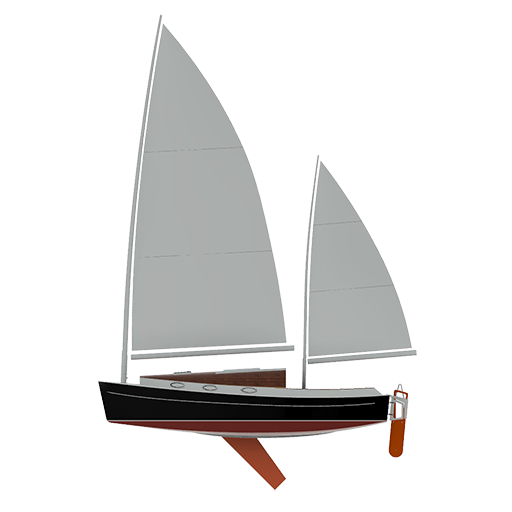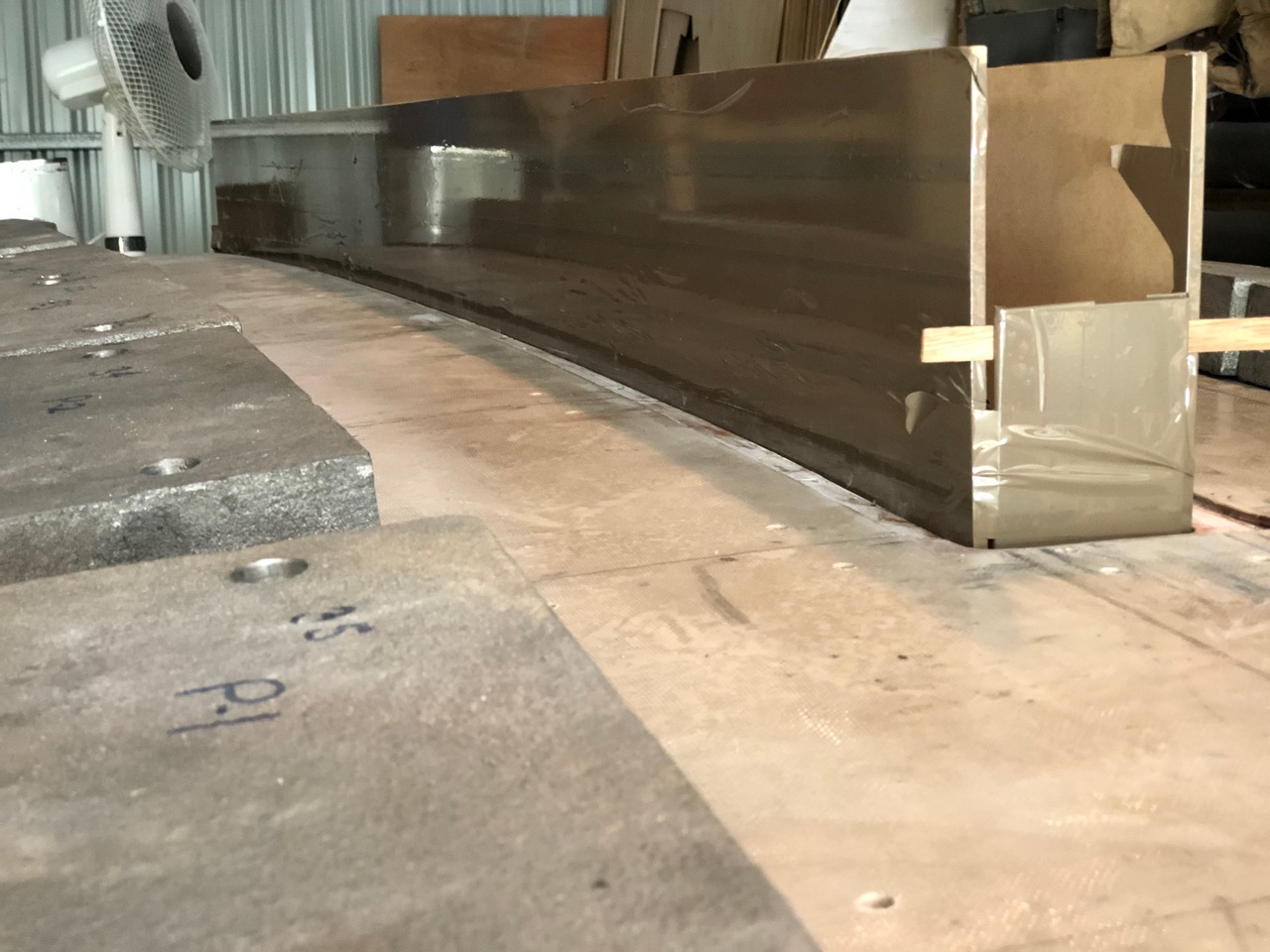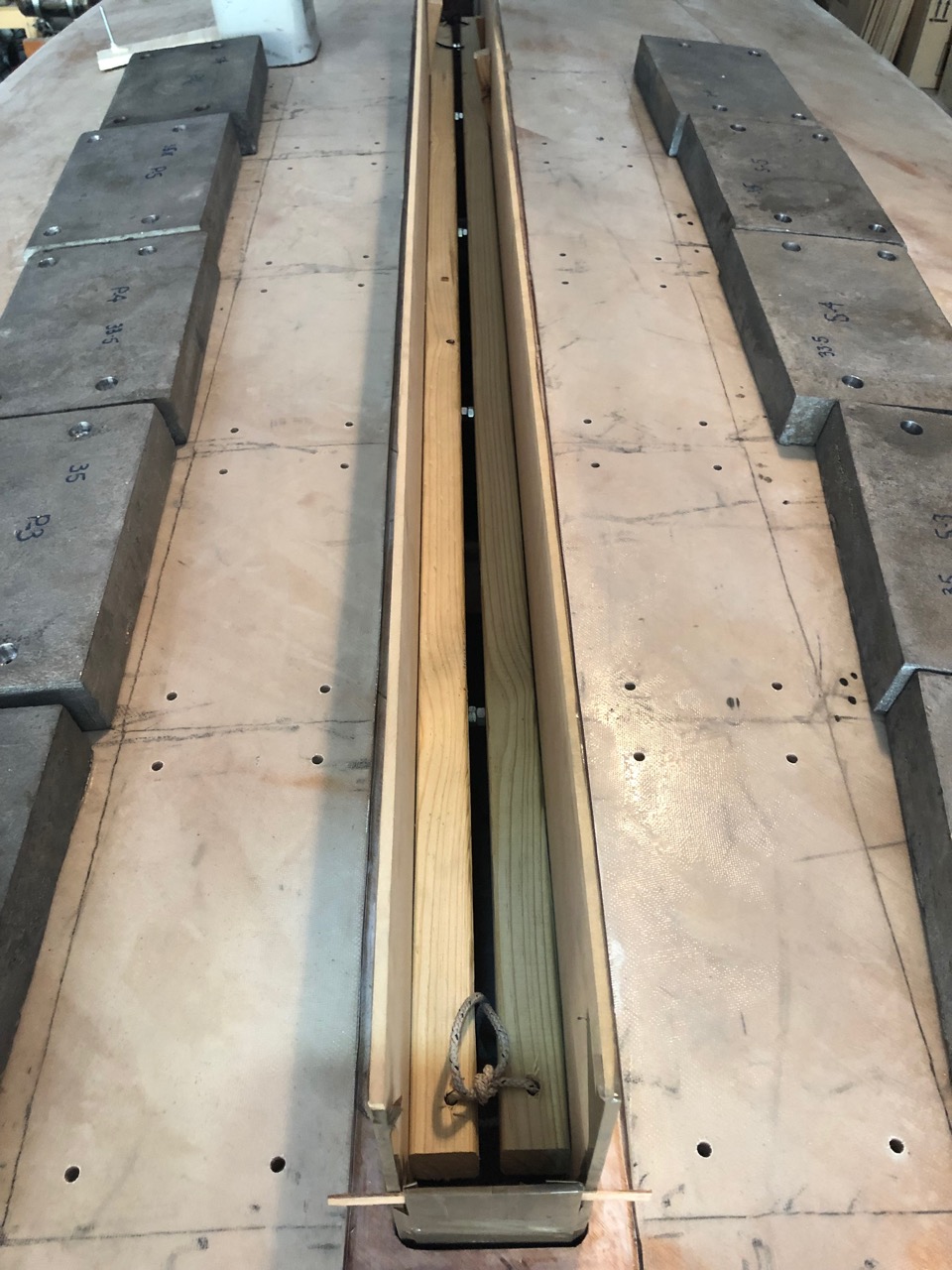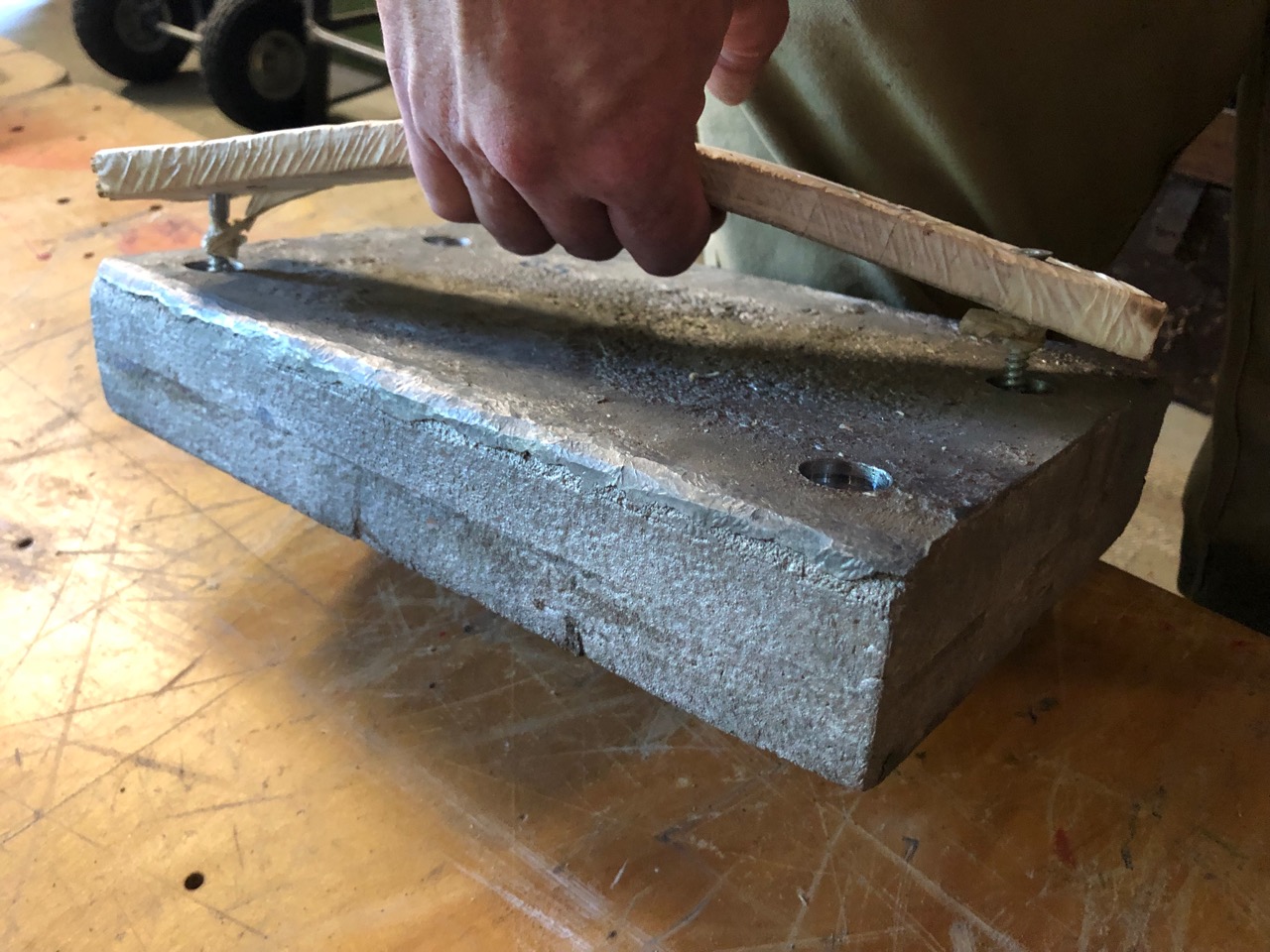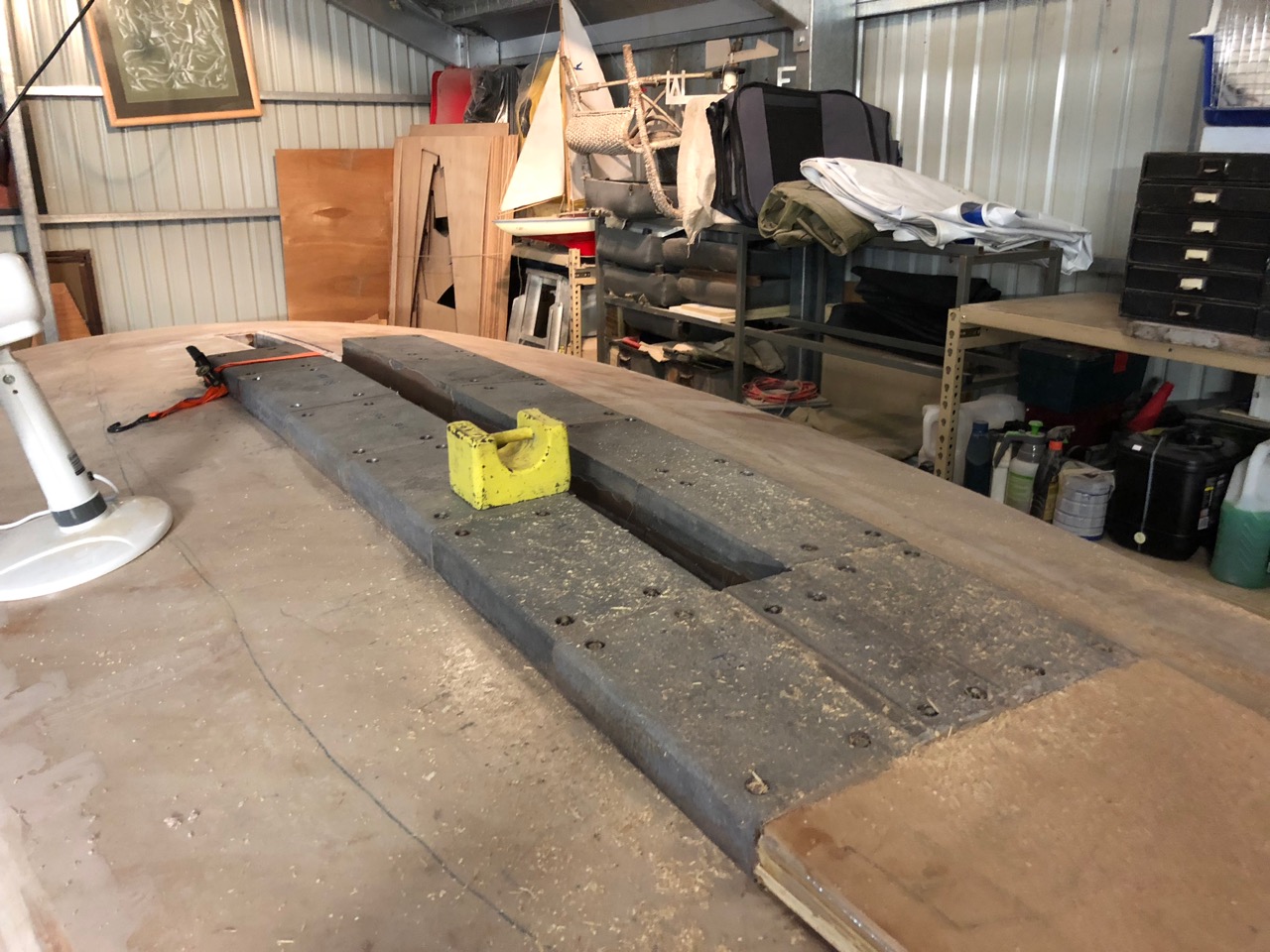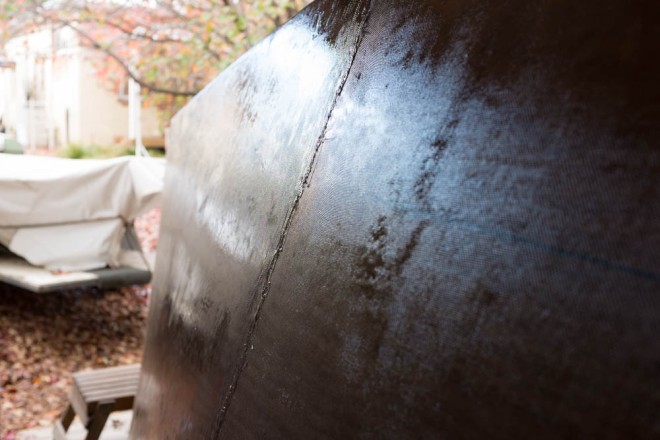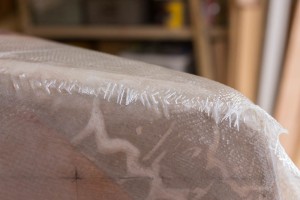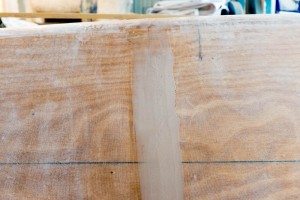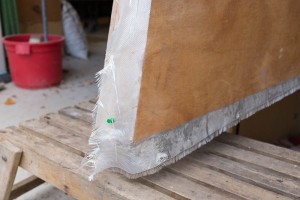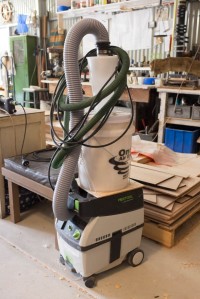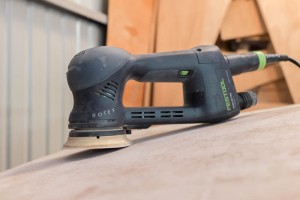
Many years ago, Robert Ayliffe told me of this Steinbeck story which theorised mans’ primal relationship to boats, particularly the unnervingly consistent rapping on hulls that we all mindlessly do when up close with wooden boats. You can read the excerpt below, it is well worth a boat-lovers’ minute.
How I came to this quote again? I was reading the latest Wooden Boat Magazine, and they announced the launching of Western Flyer, the boat Steinbeck and friend chartered for scientific purposes, and the beating heart of Steinbeck’s novel. It was found derelict and has been lovingly restored. I grabbed a copy of “Log from the Sea of Cortez”, and drank it down.
Read this and tell me your heart did not skip a beat:
“There is an “idea” boat that is an emotion, and because the emotion is so strong it is probable that no other tool is made with so much honesty as a boat. Bad boats are built, surely, but not many of them. It can be argued that a bad boat cannot survive tide and wave and hence is not worth building, but the same might be said of a bad automobile on a rough road. Apparently the builder of a boat acts under a compulsion greater than himself. Ribs are strong by definition and feeling. Keels are sound, planking truly chosen and set. A man builds the best of himself into a boat—builds many of the unconscious memories of his ancestors. Once, passing the boat department of Macy’s in New York, where there are duck-boats and skiffs and little cruisers, one of the authors discovered that as he passed each hull he knocked on it sharply with his knuckles. He wondered why he did it, and as he wondered, he heard a knocking behind him, and another man was rapping the hulls with his knuckles, the same tempo—three sharp knocks on each hull. “During an hour’s observation there no man or boy and few women passed who did not do the same thing. Can this have been an unconscious testing of the hulls? Many who passed could not have been in a boat, perhaps some of the little boys had never seen a boat, and yet everyone tested the hulls, knocked to see if they were sound, and did not even know he was doing it. The observer thought perhaps they and he would knock on any large wooden object that might give forth a resonant sound. He went to the piano department, icebox floor, beds, cedar-chests, and no one knocked on them—only on boats.
How deep this thing must be, the giver and the receiver again; the boat designed through millenniums of trial and error by the human consciousness, the boat which has no counterpart in nature unless it be a dry leaf fallen by accident in a stream. And Man receiving back from Boat a warping of his psyche so that the sight of a boat riding in the water clenches a fist of emotion in his chest. A horse, a beautiful dog, arouses sometimes a quick emotion, but of inanimate things only a boat can do it. And a boat, above all other inanimate things, is personified in man’s mind. When we have been steering, the boat has seemed sometimes nervous and irritable, swinging off course before the correction could be made, slapping her nose into the quartering wave. After a storm she has seemed tired and sluggish. Then with the colored streamers set high and snapping, she is very happy, her nose held high and her stern bouncing a little like the buttocks of a proud and confident girl. Some have said they have felt a boat shudder before she struck a rock, or cry when she beached and the“surf poured into her. This is not mysticism, but identification; man, building this greatest and most personal of all tools, has in turn received a boat-shaped mind, and the boat, a man-shaped soul. His spirit and the tendrils of his feeling are so deep in a boat that the identification is complete. It is very easy to see why the Viking wished his body to sail away in an unmanned ship, for neither could exist without the other; or, failing that, how it was necessary that the things he loved most, his women and his ship, lie with him and thus keep closed the circle. In the great fire on the shore, all three started at least in the same direction, and in the gathered ashes who could say where man or woman stopped and ship began?”
Excerpt From
The Log from the Sea of Cortez
John Steinbeck
